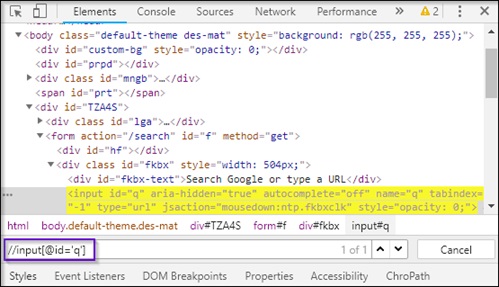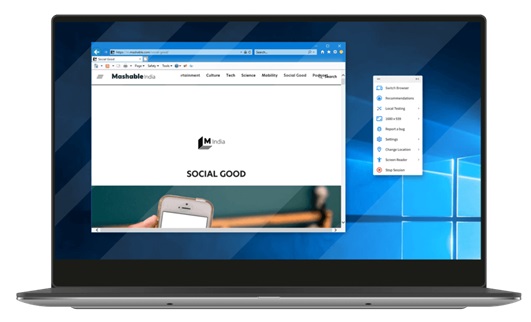Demystifying virtual thread performance: unveiling the truth beyond the buzz: In recent years, virtual threads have come into the limelight and gained significant attention in the world of concurrent programming. In this modern world, the concept of virtual threads has generated considerable thrill in a few years. Further, this development is especially relevant in a period where the right use of hardware assets and receptive app manner is significant. But what just are virtual threads and how do they influence performance? With this editorial, you will be delivered with abundant and adequate information concerning Virtual Thread. Therefore, analysing this article till the end would grow your knowledge on this topic. Let’s start this article ahead and read along.
What are Virtual Threads?
Virtual Threads are also known as lightweight threads or green threads. Further, threads are accomplished wholly by the runtime environment instead of the Operating System. What sets this platform apart from others, virtual threads are implemented at the user level, proposing greater flexibility and scalability. It allows for the creation of a vast number of threads without the corresponding increase in memory and CPU overhead.
Benefits of virtual threads: Demystifying virtual thread performance: unveiling the truth beyond the buzz
Virtual threads provide various benefits over instinctive threads such as concentrated memory overhead, better-quality concurrency, and improved scalability. Virtual threads allow applications to create and accomplish a superior number of concurrent tasks easily and efficiently. Overall, it leads to better performance and resource utilisation.
Performance deliberation: Demystifying virtual thread performance: unveiling the truth beyond the buzz
The threads deliver numerous features but their performance may vary liable on the definite application and runtime environment. The factors that affect such as thread scheduling, context switching overhead, and memory allocation strategies. Furthermore, it can influence the performance of virtual threads and should be wisely measured while designing and improving applications.
Key Characteristics: Demystifying virtual thread performance: unveiling the truth beyond the buzz
User-Mode Management: Virtual threads are managed by the runtime instead of the OS kernel.
High Scalability: They can support a much larger number of concurrent threads compared to OS threads.
Cooperative Scheduling: The runtime decides when a thread should produce control, which can lead to more efficient context switching.
How do Virtual Threads work?
Java virtual machines are used to implement the virtual threads in Java and achieve several threads of their OS. When you make a virtual thread and submit it for execution.
The JVM accomplishes a pool of OS threads and allocates one as a service thread to implement the virtual thread mission.
If the speculations block operations, further the virtual threads stop lacking upsetting the service thread and permitting the other virtual threads to run.
Furthermore, synchronisation among virtual threads is possible through the use of conventional strategies with the JVM by ensuring the right coordination.
Upon the project’s concluding touch, virtual threads can be reused for future responsibilities.
If a virtual thread is stopped, the JVM can hand over its implementation to some other virtual thread or service thread for productivity.
Java’s virtual threads deliver lightweight and simple concurrency measured by the JVM through OS thread mapping and useful resource optimization.
What are the challenges and limitations of Virtual threads?
Debugging and profiling applications with a large number of virtual threads can be challenging. Tools and techniques for monitoring and managing virtual threads are still evolving.
Virtual threads simplify concurrency programming but they introduce difficulty in other parts for instance thread synchronisation and error handling.
Not all the programming language and runtime settings support virtual threads. By accepting virtual threads may need changes to existing codebases and infrastructure.
Real-World Use Cases
Virtual threads can handle thousands of concurrent connections efficiently, making them ideal for web servers and real-time applications.
Database operations often involve I/O-bound tasks, where virtual threads can significantly improve performance by handling multiple queries concurrently.
In microservice architectures, where services need to handle numerous concurrent requests, virtual threads can provide better scalability and responsiveness.
Comparison between Virtual Threads and Traditional Threads
Creation and management
Traditional threads are also known as OS-level threads. Further, each needs an essential resource for management. On the other hand, virtual threads are managed by the JVM and it requires far fewer resources.
Memory usage
Traditional threads consist of considerable memory footprint whereas virtual threads are much more lightweight. Virtual threads enable millions to exist in the same memory space.
Performance
Switching between threads would be more costly in terms of performance. However virtual threads are lightweight in nature and diminish the cost linked with context switching.
Use cases
Traditional ones are appropriate for CPU-concentrated tasks. Virtual threads twinkle in I/O bound tasks but handling numerous concurrent operations is obligatory.

Final words
Virtual threads offer promising benefits in terms of performance and scalability, particularly for I/O-bound applications. However, they are not a one-size-fits-all solution and come with their own set of challenges and limitations. By comprehending the distinctions of virtual thread performance, developers can make informed decisions in real-time effectively. This takes us to the end of this blog. Toddles!




















